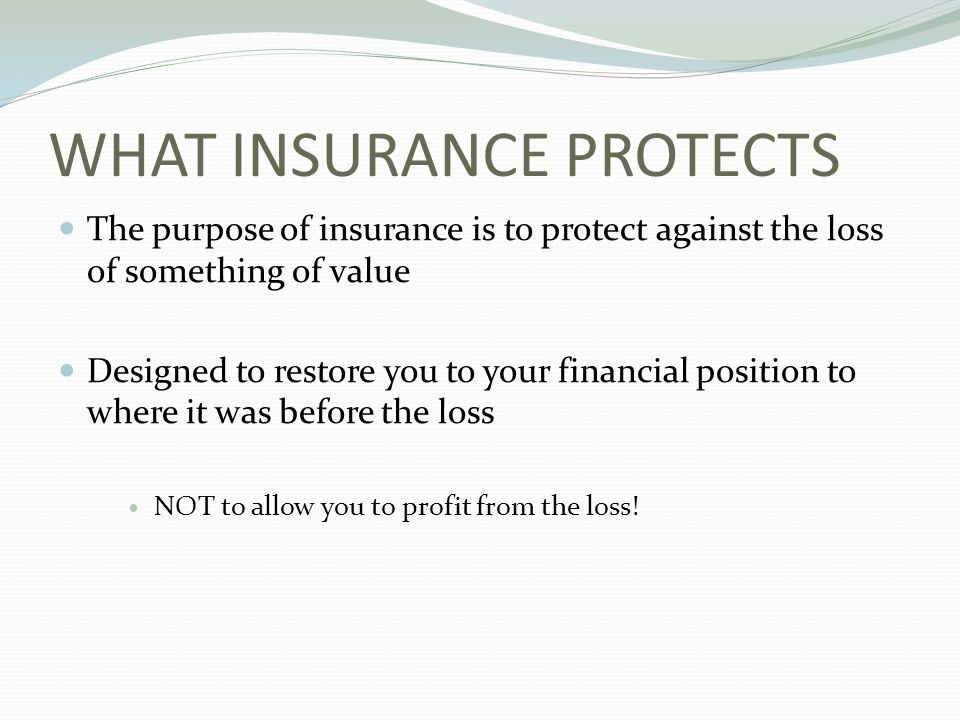The Basic Principles Of Pacific Prime
The Basic Principles Of Pacific Prime
Blog Article
Fascination About Pacific Prime
Table of ContentsAn Unbiased View of Pacific PrimeThe Main Principles Of Pacific Prime An Unbiased View of Pacific PrimeExcitement About Pacific PrimeThe 7-Second Trick For Pacific Prime

This is due to the fact that the information were collected for a period of solid financial performance. Of the estimated 42 million individuals who were uninsured, all however about 420,000 (concerning 1 percent) were under 65 years of age, the age at which most Americans end up being eligible for Medicare; 32 million were grownups in between ages 18 and 65, about 19 percent of all adults in this age team; and 10 million were youngsters under 18 years of age, regarding 13.9 percent of all youngsters (Mills, 2000).
These price quotes of the number of individuals uninsured are produced from the yearly March Supplement to the Present Populace Study (CPS), conducted by the Demographics Bureau. Unless or else kept in mind, nationwide price quotes of individuals without health insurance policy and proportions of the population with different kinds of protection are based upon the CPS, the most extensively utilized source of price quotes of insurance policy protection and uninsurance prices.
The Buzz on Pacific Prime

Still, the CPS is specifically valuable due to the fact that it produces yearly price quotes fairly rapidly, reporting the previous year's insurance protection approximates each September, and because it is the basis for a regular collection of quotes for greater than two decades, permitting evaluation of fads in insurance coverage gradually. For these reasons, along with the substantial use of the CPS in various other research studies of insurance protection that exist in this record, we count on CPS estimates, with constraints kept in mind.

The quote of the number of uninsured individuals expands when a populace's insurance coverage standing is tracked for a number of years. Over a three-year duration beginning early in 1993, 72 million people, 29 percent of the united state populace, were without protection for at the very least one month. Within a single year (1994 ), 53 million people experienced a minimum of a month without protection (Bennefield, 1998a)
6 out of every ten without insurance adults are themselves employed. Functioning does boost the possibility that one and one's household participants will certainly have insurance coverage, it is not a guarantee. Even participants of family members with 2 full time wage income earners have practically a one-in-ten opportunity of being uninsured (9.1 percent without insurance rate) (Hoffman and Pohl, 2000).
Not known Factual Statements About Pacific Prime
New immigrants account for a considerable proportion of individuals without medical insurance. One analysis has actually associated a substantial portion of the recent growth in the size of the U.S. without insurance populace to immigrants who arrived in the country in between 1994 and 1998 (Camarota and Edwards, 2000). Recent immigrants (those who concerned the United States within the past four years) do have a high price of being without insurance (46 percent), yet they and their youngsters make up simply 6 percent of those without insurance nationally (Holahan et al., 2001).
The relationship between health insurance and access to care is well established, as documented later on in this phase. The partnership in between wellness insurance coverage and health and wellness outcomes is neither direct nor easy, a comprehensive medical and wellness solutions research study literature web links health and wellness insurance protection to better accessibility to care, better top quality, and enhanced personal and populace health and wellness status.
Degrees of analysis for taking a look at the impacts of uninsurance. This discussion of medical insurance protection focuses primarily on the united state population under age 65 due to the fact that essentially all Americans 65 and older have Medicare or various other public protection. Furthermore, it concentrates specifically on those with no health insurance for any kind of length of time.
Unknown Facts About Pacific Prime
The problems faced by the underinsured are in some areas similar to those faced by the without insurance, although they are usually much less extreme. group insurance plans. Uninsurance and underinsurance, however, involve clearly various policy issues, and the strategies for resolving them might differ. Throughout this study and the 5 reports to follow, the main emphasis gets on persons more with no health insurance and hence no support in paying for wellness treatment beyond what is readily available via charity and safeguard organizations
Health insurance policy is a powerful factor influencing receipt of care due to the fact that both clients and doctors reply to the out-of-pocket price of solutions - https://pacificprime.godaddysites.com/f/pacific-prime-your-gateway-to-international-health-insurance. Health insurance, however, is neither essential neither sufficient to access to clinical solutions. Nevertheless, the independent and straight result of wellness insurance coverage on accessibility to health services is well developed.
Others will get the healthcare they need also without health insurance policy, by paying for it expense or seeking it from carriers who supply care free or at extremely subsidized prices. For still others, medical insurance alone does not guarantee invoice of care as a result of other nonfinancial barriers, such as a lack of health and wellness care providers in their neighborhood, restricted accessibility to transport, illiteracy, or etymological and cultural differences.
Getting My Pacific Prime To Work
Formal research about uninsured populaces in the USA dates to the late 1920s and very early 1930s when the Board on the Price of Treatment generated a series of reports about financing physician office visits and hospitalizations. This problem ended up being prominent as the numbers of clinically indigent climbed up during the Great Clinical depression.
Report this page